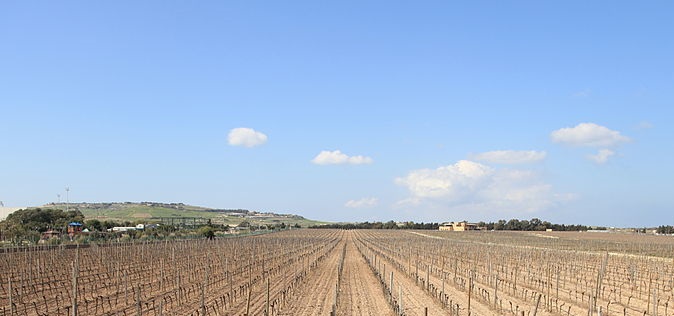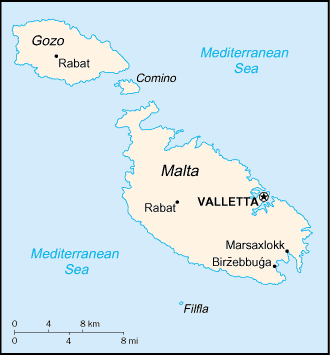
Located just 50 miles south of Sicily in the Mediterranean Sea, Malta is currently one of the world’s smallest and most densely populated countries. However, the island nation has been quietly undergoing a wine revolution over the past decade, making Maltese wine one of Europe’s best kept secrets.
HISTORY
While the tradition of Maltese winemaking can be traced all the way back to the Phoenicians in the 1st century A.D., the modern Maltese wine movement really began at the turn of the century, with the establishment of the Marsovin and Emmanuel Delicata wineries; however, it was not until the late 20th century that producers began planting international grape varieties and Maltese wine began to come into its own.
CLIMATE
Malta has a hybrid subtropical-Mediterranean climate. Mild, rainy winters follow warm to hot, humid summers with little rainfall, which allows grapes to ripen more quickly, and abundant sunshine (the most in Europe), which keeps the island green year-round.
TERROIR
While the landscape of Malta includes high hills with terraced fields, Mediterranean forests, woodlands, and scrub, the geography of the island nation is dominated by water, with the main geological formation being an archipelago of coralline limestone.
GRAPE VARIETIES
While international grape varieties grown in Malta include Cabernet Sauvignon, Merlot, Syrah, Grenache, Sauvignon Blanc, Chardonnay, Carignan, Chenin Blanc, and Moscato, the country is known for its two indigenous grape varieties of distinct body and flavor.
ĠELLEWŻA: The indigenous red grape variety of Malta, Ġellewża is a sometimes fruity and fizzy, sometimes smooth and ripe light- to medium-bodied grape that can be produced with or without oak.
GHIRGHENTINA: The indigenous white grape variety of Malta, Ghirghentina is a fruity, delicate light-bodied grape with good acidity, sometimes blended with Chardonnay.










